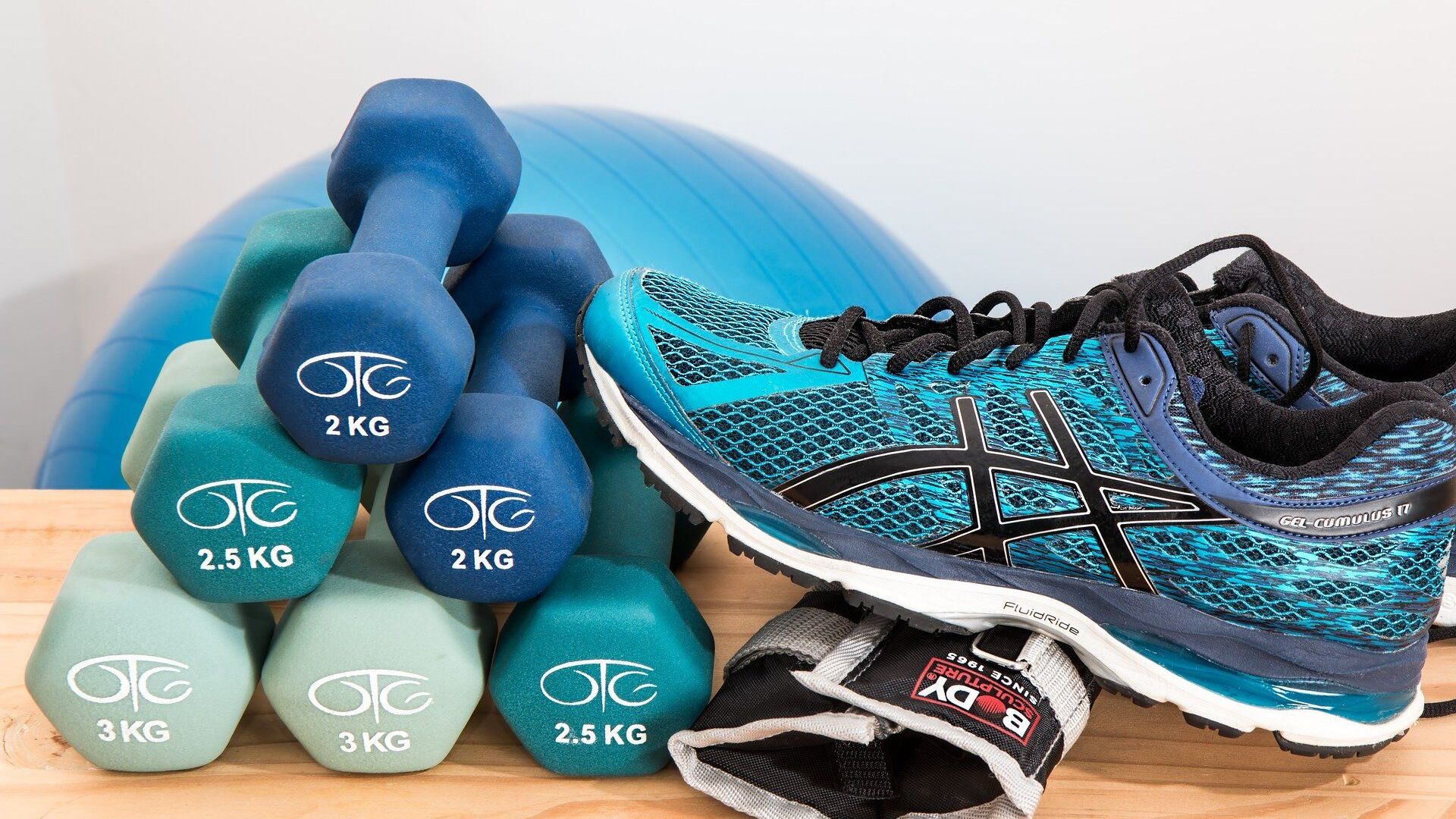https://en.sputniknews.africa/20230610/motus-vitae-scientists-prove-sport-raises-pain-threshold-1059835521.html
Motus Vitae: Scientists Prove Sport Raises Pain Threshold
Motus Vitae: Scientists Prove Sport Raises Pain Threshold
Sputnik Africa
The research entitled "Longitudinal relationships between habitual physical activity and pain tolerance in the general population" was conducted in the... 10.06.2023, Sputnik Africa
2023-06-10T18:50+0200
2023-06-10T18:50+0200
2023-06-10T18:51+0200
sport
research
norway
healthcare
science
https://cdn1.img.sputniknews.africa/img/07e4/09/1c/1044495003_0:100:1921:1180_1920x0_80_0_0_4eae5ba288e8151171e3d1f8dbe77702.jpg
Researchers from several Norwegian institutes have concluded that physical activity can increase your pain threshold.The study was conducted on 10,732 adults classified into four categories: sedentary, mild, moderate, or vigorous, depending on physical activity in their leisure time.The researchers measured the pain threshold of the subjects twice: 7-8 years ago and this year, comparing how it has changed over that time depending on increasing or decreasing physical activity. The study found that those who increased their physical activity were able to keep their hand in freezing water longer than 7 or 8 years ago.On average, those who led a sedentary lifestyle managed to keep their hand in the icy water 6.7 seconds, the mild ones showed the result of 14.1 seconds.Meanwhile, moderate and vigorous subjects managed to hold their hand for an average of 16.3 and 20.4 seconds, respectively.The study also commented that men in all categories showed a higher level of pain tolerance than women.Finally, scientists have suggested that increased physical activity is also a non-drug way to reduce or prevent chronic pain.
norway
Sputnik Africa
feedback@sputniknews.com
+74956456601
MIA „Rossiya Segodnya“
2023
Maxim Grishenkin
https://cdn1.img.sputniknews.africa/img/07e7/0a/17/1063018107_0:0:1104:1103_100x100_80_0_0_03090c85a11f5d2e8a19cf1d989443c9.jpg
Maxim Grishenkin
https://cdn1.img.sputniknews.africa/img/07e7/0a/17/1063018107_0:0:1104:1103_100x100_80_0_0_03090c85a11f5d2e8a19cf1d989443c9.jpg
News
en_EN
Sputnik Africa
feedback@sputniknews.com
+74956456601
MIA „Rossiya Segodnya“
Sputnik Africa
feedback@sputniknews.com
+74956456601
MIA „Rossiya Segodnya“
Maxim Grishenkin
https://cdn1.img.sputniknews.africa/img/07e7/0a/17/1063018107_0:0:1104:1103_100x100_80_0_0_03090c85a11f5d2e8a19cf1d989443c9.jpg
sport, research, norway, healthcare, science
sport, research, norway, healthcare, science
Motus Vitae: Scientists Prove Sport Raises Pain Threshold
18:50 10.06.2023 (Updated: 18:51 10.06.2023) The research entitled "Longitudinal relationships between habitual physical activity and pain tolerance in the general population" was conducted in the Norwegian municipality of Tromsø and took the researchers eight years.
Researchers from several Norwegian institutes
have concluded that physical activity can increase your pain threshold.
The study was conducted on 10,732 adults classified into four categories: sedentary, mild, moderate, or vigorous, depending on physical activity in their leisure time.
The researchers measured the pain threshold of the subjects twice: 7-8 years ago and this year, comparing how it has changed over that time depending on increasing or decreasing physical activity.
The pain tolerance was determined via the cold pressor test, where one dunks their hand into frigid water for as long as possible, up to a maximum tolerance time of 106 seconds.
The study found that those who increased their
physical activity were able to keep their hand in freezing water longer than 7 or 8 years ago.
"Pain tolerance increased with higher total activity levels and more for those who increased their activity level at follow-up," the research read.
On average, those who led a sedentary lifestyle managed to keep their hand in the icy water 6.7 seconds, the mild ones showed the result of 14.1 seconds.
Meanwhile, moderate and
vigorous subjects managed to hold their hand for an average of 16.3 and 20.4 seconds, respectively.
"These findings suggest that becoming or remaining active at a level above being sedentary, or making a positive change in activity level, over time is associated with higher pain tolerance as opposed to being sedentary or making a negative change," the researchers concluded.
The study also commented that men in all categories showed a higher level of pain tolerance than women.
Finally, scientists have suggested that increased physical activity is also a non-drug way to reduce or prevent chronic pain.


